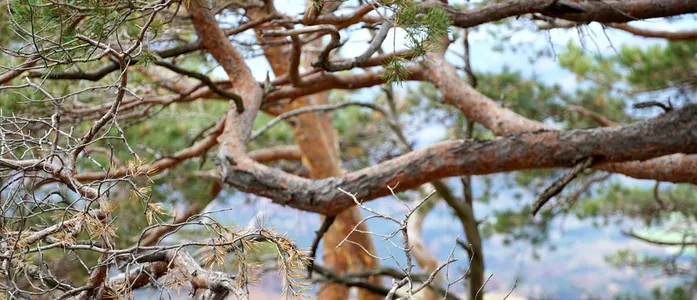Wood Science and Functionalization

“Wood is alive.” ... it usually is not, but it changes its properties with moisture. As one of the first materials used by humans, our ancestors already knew how to utilize many of the variable properties of wood, such as its easy workability when wet and its stiffening during drying, its degradability or resistance depending on the type of wood, or its different densities.
Nevertheless, we still struggle with the variability of wood properties in application. We forget that wood is formed by the tree for its own needs, such as water transport or mechanical stability, and that these needs also change with time. Trees are also unable to remodel wood after it has been formed. They can only adapt to changing environmental conditions through growth, whereby a large proportion of the newly formed cells die after a short time (a few weeks), e.g. to take over the function of water transport.
Our interests focus in particular on the functionality of dead plant tissues, not only wood, but also bark, seed capsules and seed coats. We focus on the relationships between structure, properties and functions, under consideration of the conditions in a particular ecosystem.
The results contribute to a better understanding of plant materials both for the organism and for the application and inspire the development of new materials or application scenarios and may contribute to the protection of plants in changing ecosystems.
our webpage is still under construction … not all information is available yet